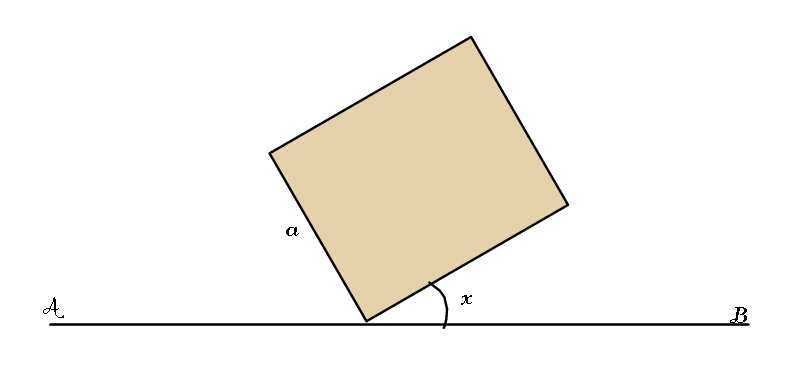
AllQuestion and Answers: Page 1185
Question Number 98213 Answers: 2 Comments: 1

Question Number 98205 Answers: 1 Comments: 0
Question Number 98201 Answers: 1 Comments: 0

Question Number 98286 Answers: 0 Comments: 0
Question Number 98192 Answers: 2 Comments: 1

Question Number 98191 Answers: 2 Comments: 0
Question Number 98190 Answers: 1 Comments: 0

Question Number 98189 Answers: 1 Comments: 0
Question Number 98188 Answers: 1 Comments: 0
Question Number 98187 Answers: 3 Comments: 0
Question Number 98186 Answers: 0 Comments: 0
Question Number 98185 Answers: 1 Comments: 0
Question Number 98184 Answers: 1 Comments: 0
Question Number 98183 Answers: 0 Comments: 0
Question Number 98182 Answers: 2 Comments: 0
Question Number 98181 Answers: 0 Comments: 0
Question Number 98180 Answers: 0 Comments: 0
Question Number 98179 Answers: 2 Comments: 0
Question Number 98178 Answers: 0 Comments: 0
Question Number 98290 Answers: 0 Comments: 1

Question Number 98166 Answers: 0 Comments: 0
Question Number 98151 Answers: 2 Comments: 0
Question Number 98149 Answers: 1 Comments: 1

Question Number 98148 Answers: 0 Comments: 0

Question Number 98142 Answers: 0 Comments: 0
Question Number 98137 Answers: 3 Comments: 0

Pg 1180 Pg 1181 Pg 1182 Pg 1183 Pg 1184 Pg 1185 Pg 1186 Pg 1187 Pg 1188 Pg 1189
